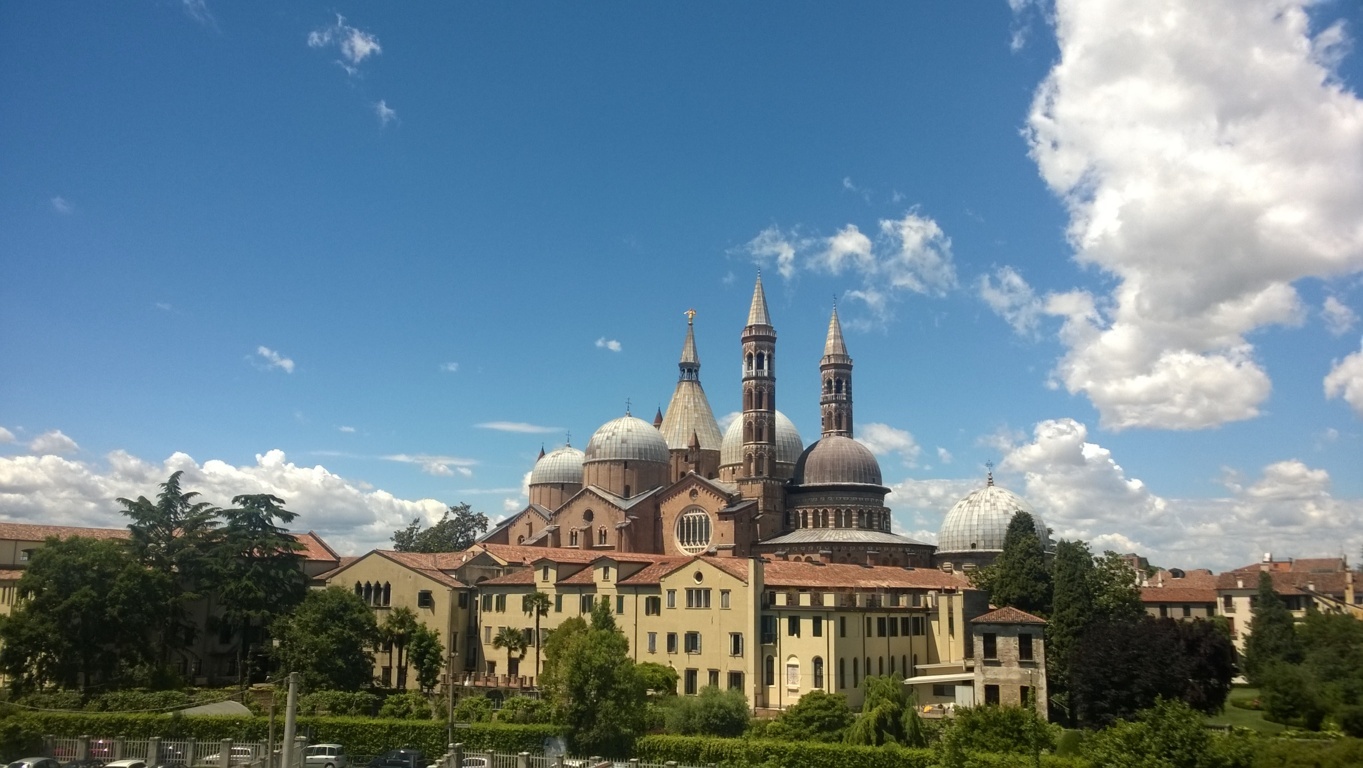
The city of Padova
With the delightful Euganean Hills to the south, criss-crossed by waterways, Padova is a city which blends historical tradition and culture with burgeoning business and service industries.
Its location makes it perfect for reaching Venice and its beach resorts, the Dolomites, Lake Garda and the spa resorts of Abano and Montegrotto Terme.
Almost 500,000 tourists visit Padova each year to marvel at its art and fine heritage of architecture and museums. Its squares, porticoes and old cobbled streets tell the story of a wealthy, beautiful medieval city which was renowned for its art and culture.
Over the last few years, the city’s economy has advanced considerably and its trade, logistics, infrastructure and large-scale distribution have grown side by side with its already well-developed network of small and medium-sized enterprises.
Padova lies at the heart of north-east Italy and is the powerhouse behind one of Europe’s largest economic and industrial regions, with more than 7 million inhabitants and 600,000 firms.

The University of Padova
The University of Padova was established in 1222, after a group of students and teachers decided to come here from Bologna. They set up a free body of scholars, who were grouped according to their place of origin into nationes, in which students approved statutes, elected the rettore (rector, or chancellor) and chose their teachers, who were paid with money the students collected. Defending freedom of thought in study and teaching became a distinctive feature which today lives on in the University motto: Universa Universis Patavina Libertas.
It should be noted that in 1678 Elena Lucrezia Cornaro Piscopia became the first woman in the world to be awarded a university degree.
Among the eminent mathematicians who had a position in Padova, we quote: Galileo Galilei (from 1592 till 1610), Gregorio Ricci Curbastro (from 1880 till 1925), Tullio Levi-Civita (from 1898 till 1918), Giuseppe Veronese (from 1881 till 1917), Francesco Severi (from 1905 till 1922), Giuseppe Vitali (from 1925 till 1930), Giuseppe Scorza-Dragoni (from 1936 till 1962).
Main figures:
32 Departments
1 University Hospital
1 Veterinary Hospital
1 Experimental Farm
1 Museum Centre
1 Library Centre
1 School of Excellence
A budget of 603 million 235 thousand euro
61000 Students
12184 Graduates each year
2054 Professors and Researchers
2227 Technicians and Administrative Personnel
78 1st cycle degree courses
81 2nd cycle degree courses
11 single cycle degree courses
60 million euro a year for research
40 1st and 2nd level short specialisation degree courses
49 Specialisation Schools
43 Research and Service Centres
14 Halls of Residence
16 University Canteens
